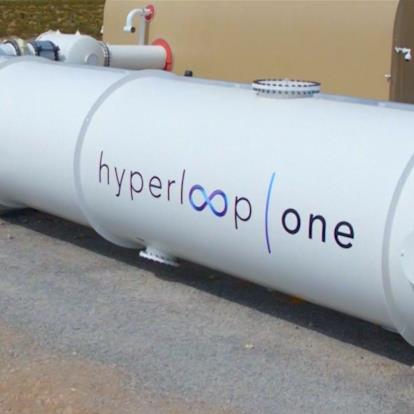
Category: transportation


‘Suicidal’ security robot ‘drowned itself’ at Washington office
July 18 (UPI) — Officials at a Washington, D.C., office building patrolled by a security robot they are investigating after workers reported the robot “drowned itself.”
MRP Realty announced last week there was a “new sheriff in town,” namely a K5 security robot developed by Silicon Valley startup Knightscope, but Bilal Farooqui, a worker at the office complex, tweeted a photo Monday revealing the mechanical guard had met with a watery end.
“Our D.C. office building got a security robot. It drowned itself,” Farooqui wrote alongside an image of the robot horizontal inside a fountain. “We were promised flying cars, instead we got suicidal robots.”
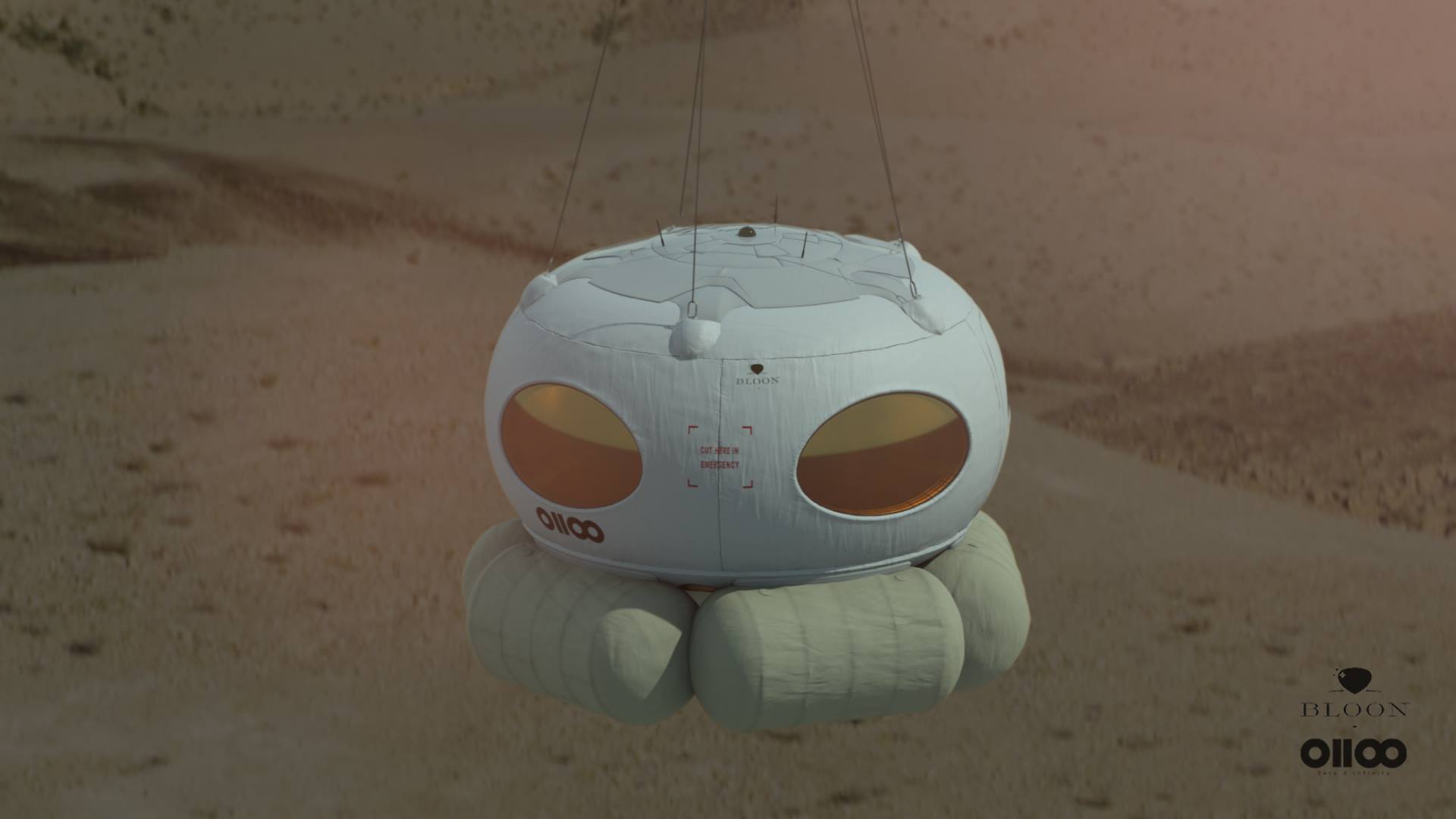
“The Day Trip of a Lifetime”: Zero 2 Infinity will bring you to Near Space to offer you a magnificent view of the planet cruising above 99% of the atmosphere 🌏
With Bloon, you will travel aboard the safest space vehicle ever designed and get the planetary awareness that only astronauts have been able to experience before.
Get your flight today at: http://zero2infinity.space/bloon
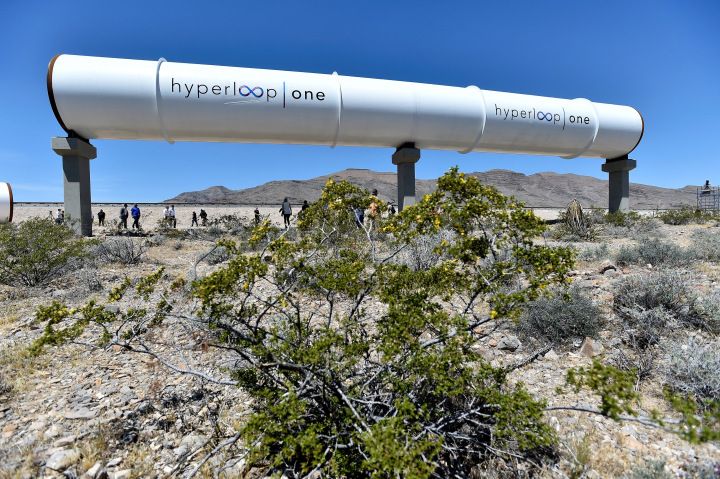
This Supersonic-Speed Transit System Just Completed a Major Test
Hyperloop One this week announced that it completed the first full-scale test of its high-speed transportation system, a move the company hailed as the burgeoning technology’s “Kitty Hawk moment.”
The test vehicle only reached 70 miles per hour, a tenth of the company’s eventual target speed. But the firm felt assured enough to set another phase of testing for later this year, when they hope to reach 250 miles per hour. Eventually, the system could reach a top speed of 700 miles per hour, nearly the speed of sound.
The Hyperloop’s potential velocity has helped it captivate the public’s imagination ever since Tesla and SpaceX CEO Elon Musk popularized the concept in 2012. But the proposed system, a sort of high-speed train that uses aerodynamic pods propelled through a vacuum cylinder, is not just about speed, according to many of the people developing it since Musk open-sourced the idea. It’s about changing how we think about moving people and cargo, a $1.48 trillion industry in the United States alone.

Do Avgeeks Dream of Electric Fleets?
At a Royal Aeronautical Society lecture in London, Airbus revealed more details about its ambitious plans for Urban Air Mobility. Are we on the cusp of a revolution in air transport? TIM ROBINSON reports.
In 2025, could your Airbus A350-1000 long-haul business flight to Heathrow end with you stepping off the aircraft, going through passport control and instead of getting stuck in road works, underground strikes or overcrowded trains, see you hop inside a comfortable, quiet, electric-powered VTOL aerial taxi which would whisk you in under 20 minutes to a helipad the other side of London? Science fiction right?
What sounds like Blade Runner or even the Jetsons, is only five to seven years away from being a practical reality, according to Mark Cousin, SVP Head of Flight Demonstrators, Airbus CTO at a recent Rotorcraft Group lecture at the Royal Aeronautical Society. “We believe that these vehicles will be technically feasible well before 2025,” he said.
Will Self-Driving Cars Kill Your Job?
[youtube_sc url=“https://www.youtube.com/watch?v=b7CP48XIWoA&feature=youtu.be”]
Self-driving cars are pretty cool. Really, who wouldn’t want to spend their daily commute surfing social media, chatting with friends or finishing the Netflix series they were watching at 4 am the night before? It all sounds virtually utopian. But what if there is a dark side to self-driving cars? What if self-driving cars kill the jobs? ALL the jobs?
In this video series, the Galactic Public Archives takes bite-sized looks at a variety of terms, technologies, and ideas that are likely to be prominent in the future. Terms are regularly changing and being redefined with the passing of time. With constant breakthroughs and the development of new technology and other resources, we seek to define what these things are and how they will impact our future.

Follow the money – the future evolution of automotive markets
The automotive industry is undergoing a period of rapid and radical transformation fueled by a range of technological innovations, digital advancements and wave after wave of new entrants and alternative business models; as a result, the entire sector is seeing major disruption.
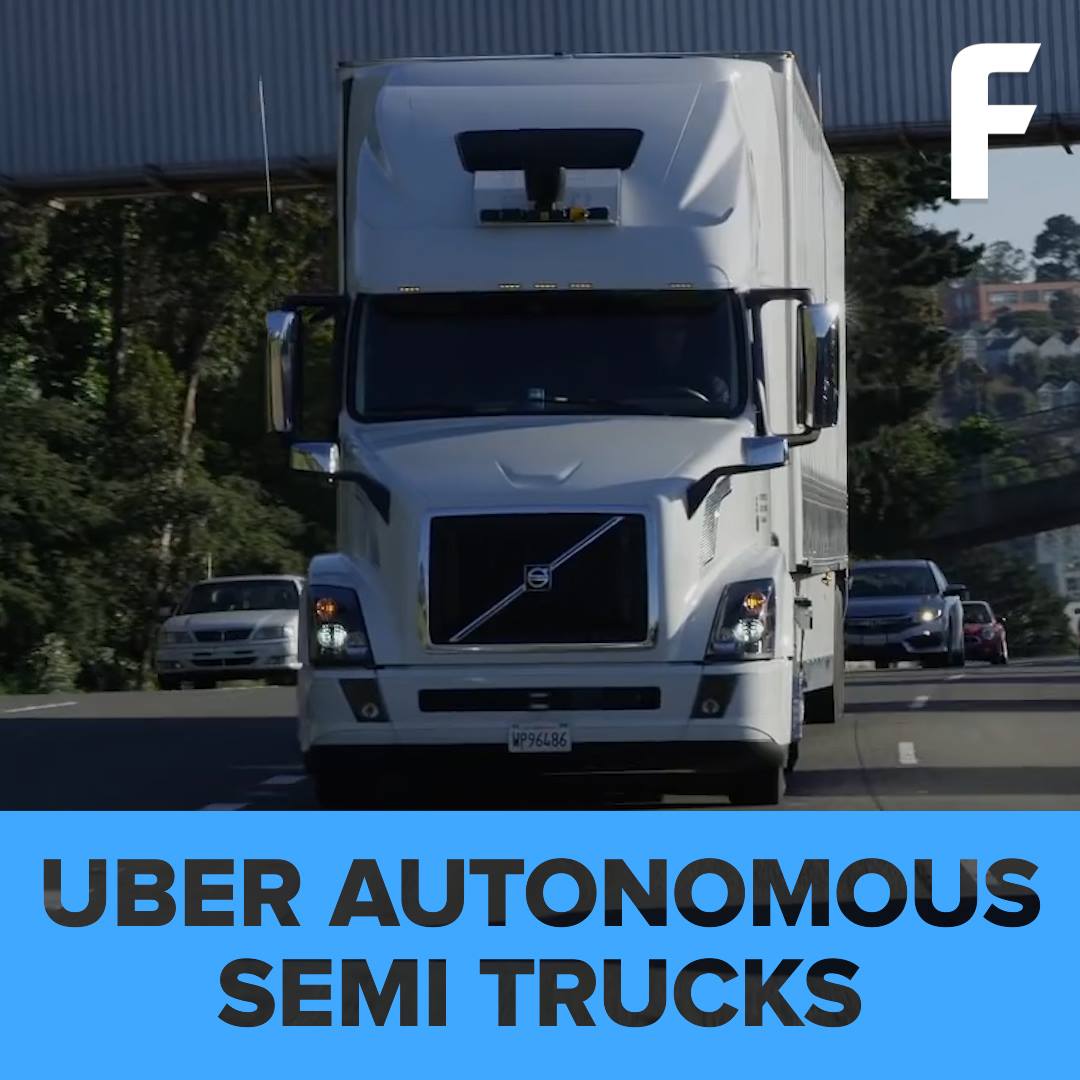
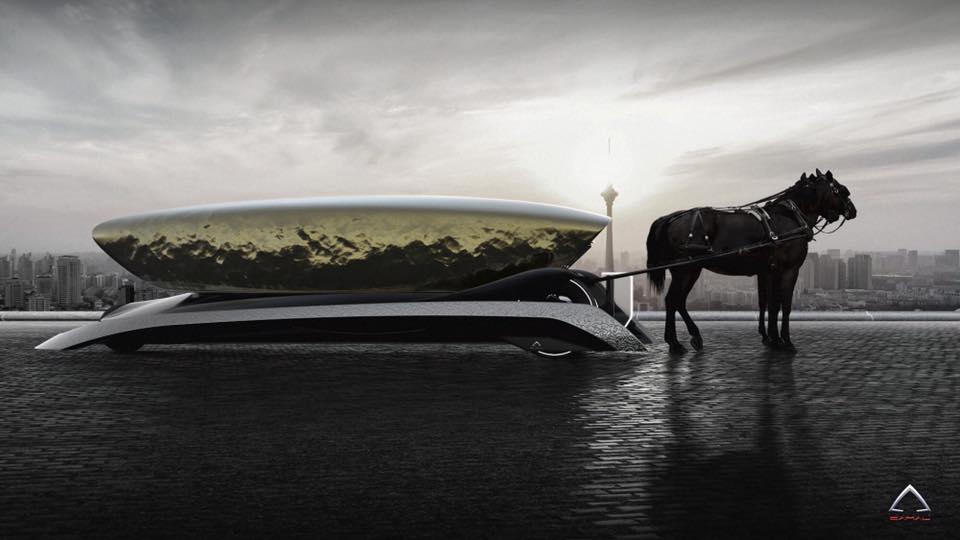
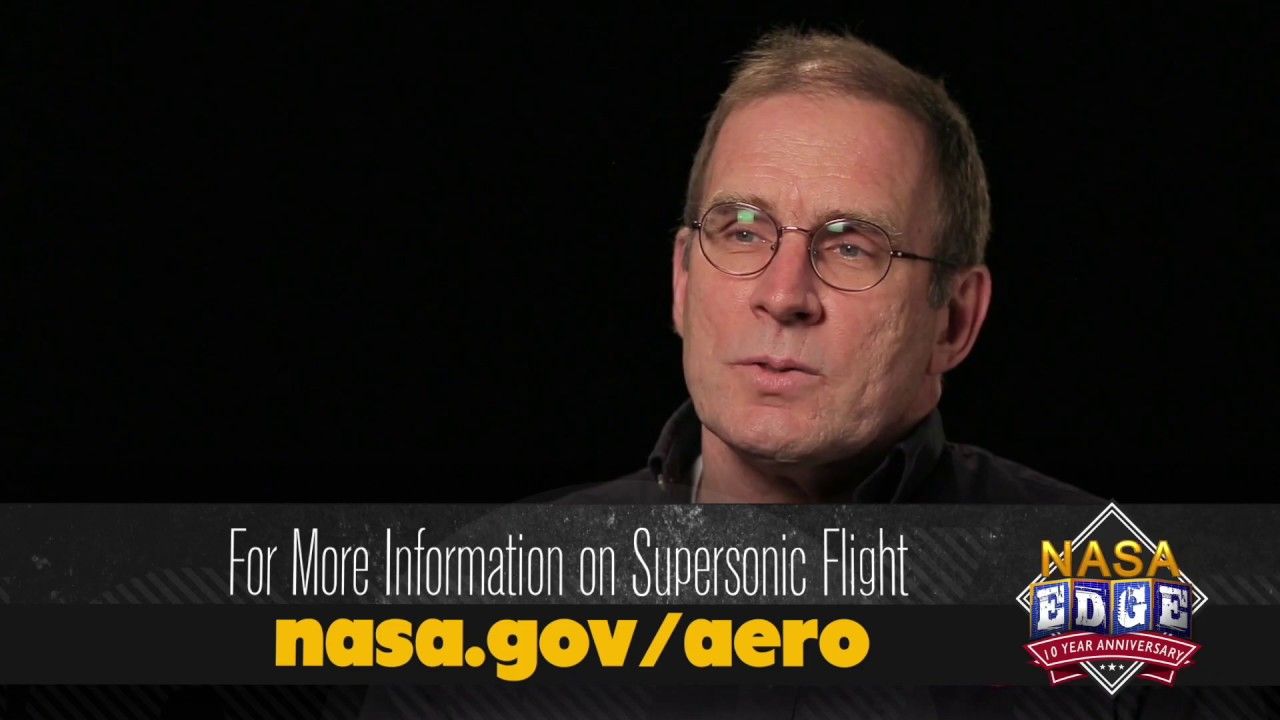
NASA’s Quiet Supersonic Plane Could Soon Take Flight
It has been more than a decade since the Concorde was retired from service, and since then no passenger aircraft has exceeded the speed of sound. That might change in the not-too-distant future, thanks to a project from NASA and industry partner Lockheed Martin Corporation. The agency is close to testing its design for Quiet Supersonic Transport, or QueSST, which could lead to passenger jets that can again reach supersonic speeds.
The Concorde was never seen as a major commercial success — more of a vanity project for the few European airlines that operated the planes. The nature of supersonic flight meant the sonic boom at ground level could shatter windows. Thus, the plane could only fly at high speeds over the ocean. The trip between Europe and New York was fast, but other routes were not feasible. When the travel industry took a downturn in 2003, the Concorde was mothballed.
QueSST technology has the potential to make supersonic air travel workable even over land, and NASA has announced that its preliminary design review is done. The aim is to build a plane that can fly at supersonic speeds without the disruptive sonic boom. NASA, with the help of Lockheed Martin, has designed and tested a scale model version of the so-called Low Boom Flight Demonstration (LBFD) experimental aircraft, known as an X-plane. This model was placed in a 6-by-8-foot supersonic wind tunnel at NASA’s Glenn Research Center. This led engineers to confirm the fuselage, wing, and engine design could allow for quieter supersonic flight.